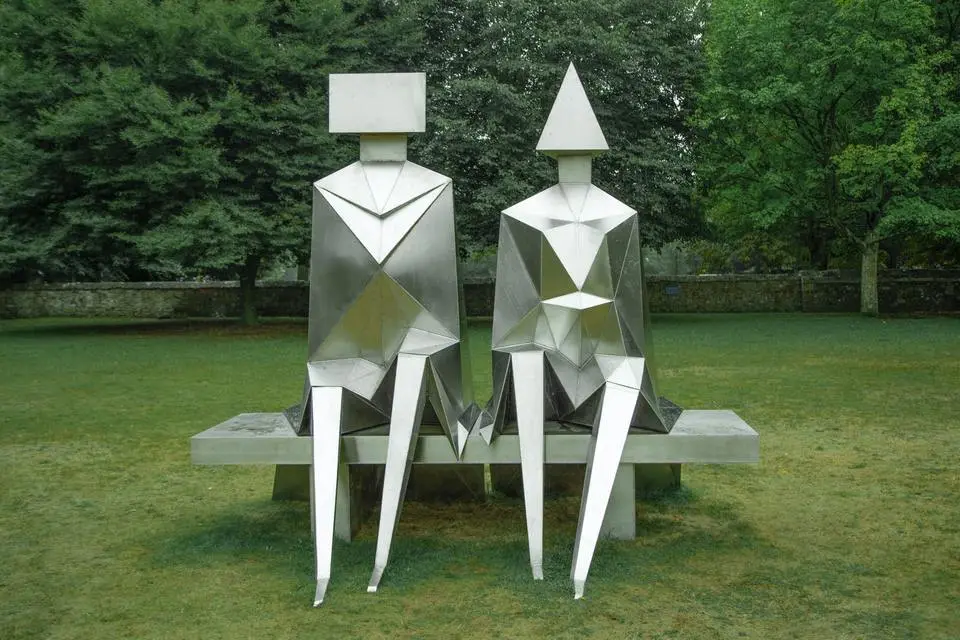In his designs, Anthony Dunne 1 provides examples of unconventional features in the otherwise conventional products; as “parafunctional”. The functionality of an object is iterated through the features that are deemed desirable by consumers, are inexpensive/quick to reproduce, and are adept for specific tasks. Para-functionality expands the utility of the object beyond this definition while studying it in a heterotopic setting. It emphasizes the value of provocation, derision, and transgression to take a critical discourse with the objects into consideration.
In my project, I propose a framework that allows functionality to be discussed, critiqued, and questioned, beyond conventional pragmatism. Such a framework would require the study of the cross-cultural placement of objects and move beyond the scenario-based study of functionality in order to examine the subconscious intents that challenge the norm.

In institutions world-wide, for example, attendance is a norm that is followed. Attendance monitors not just physical presence but also mental here-ness.. With the advent of monitoring technologies, now employers can track their workers’ minutest movement. When studied in isolation we do not see anything wrong in attendance, but if we exaggerate the scenario and introduce a few para-functionalities into the system, the discourse changes suddenly. In this case, a device was built to help employees monitor their blink patterns. In a world where time is money, the device facilitates organisations and managers in making most out of the time that the employees are putting in. The device calculates the time for which our eyes are shut when blinked and then sends it to a central server. The system then calculates if the user has blinked or kept their eyes closed, more than what is allocated to them. So the system traces all the “micro-sleeps” that the employees take.
An object can have different impacts under different cultural settings, mostly because of how they are perceived and daily rituals that they follow. In the movie, "The Gods Must be Crazy" a glass bottle of Coca Cola, that was dropped by a flying aeroplane over a tribe, results in chaos in the otherwise peaceful tribe. This chaos was also a result of intent with which each one of the tribal people wanted to interact with.
In decentralised settings, where we primarily need the act of decision making to move to the edge of the system, such cultural scenarios play an important role.
My research inquiry aims to tap into the potential of such socio-material practices and learning that happens outside the preconceived norms. And thus, appreciating the design as practised outside the realms and into the design practice of marginalised communities, which also form the next billion users. Such a study would help us move the design of multi-intentional systems into the true sense of decentralisation.
This project is an ongoing trail if experiments and infferences that aims to answer a few key questions:
If you are interested in this study of mine please get in touch with me..
♡ ♡ ♡ ♡
Footnotes
1: https://mitpress.mit.edu/books/hertzian-tales